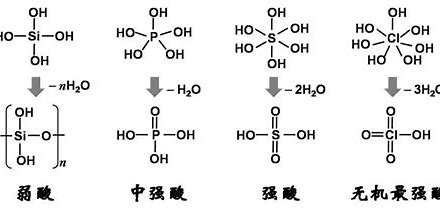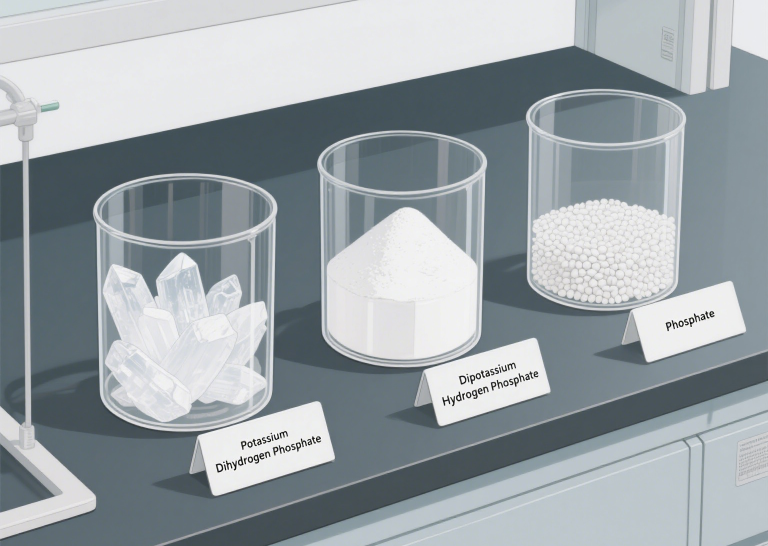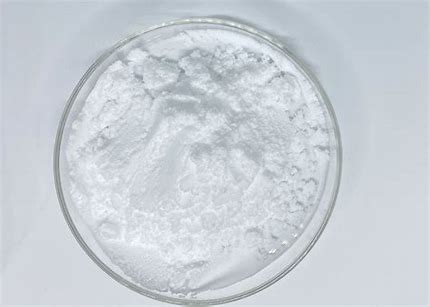H2O2 hydrogen peroxide on wounds
familiar, satisfying fizz of hydrogen peroxide (H₂O₂) applied to a scraped knee or a minor cut was an almost universal sound in countless homes across the globe. This distinctive bubbling action became synonymous with effective wound cleaning and germ-killing, cementing H₂O₂’s status as a seemingly indispensable staple in every first-aid kit.
However, over recent years, modern medical recommendations have undergone a significant and decisive shift. A consensus among healthcare professionals now strongly advises against the routine use of hydrogen peroxide on wounds. So, what exactly is behind this dramatic change in medical advice? This comprehensive article will delve deep into the scientific understanding of hydrogen peroxide (H₂O₂) and its intricate effects on wounds, exploring why its once-celebrated bubbling action is now viewed with considerable caution.
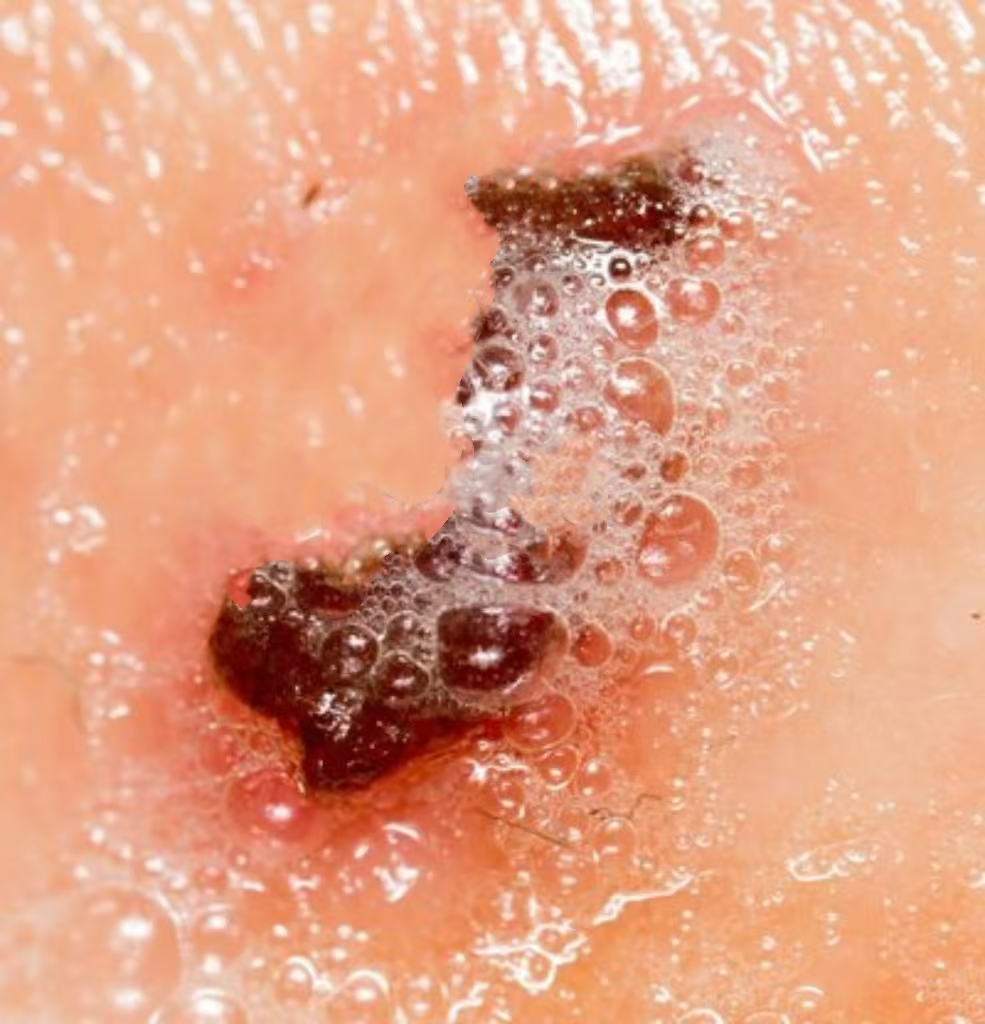
The History of Hydrogen Peroxide in Wound Care: A Bubbling Legacy Rooted in Discovery
The journey of hydrogen peroxide (H₂O₂) in medical applications began with its discovery in 1818 by the pioneering French chemist Louis Jacques Thénard. By the early 20th century, its potent antiseptic properties had been widely recognized. This led to its rapid adoption, and by the mid-1900s, H₂O₂ had become a widespread household disinfectant, particularly favored for treating minor cuts, scrapes, and abrasions.
The dramatic and immediate bubbling visible when H₂O₂ made contact with a wound was a powerful visual cue, often interpreted by users as definitive proof of its vigorous germ-killing action. This effervescence is a direct result of the rapid decomposition of hydrogen peroxide. It occurs because of the presence of the enzyme catalase, an ubiquitous protein found in blood and most human cells. Catalase acts as a catalyst, swiftly breaking down hydrogen peroxide into harmless water (H2O) and oxygen gas (O2). While this reaction indeed helps to kill some anaerobic bacteria (those that cannot survive in the presence of oxygen) and physically aids in lifting dirt and debris from the wound surface, the full picture of its interaction with living tissue is more complex than initially understood.
How Hydrogen Peroxide (H₂O₂) Interacts with Wounds: The Science Behind the Fizz and the Foe
At a fundamental chemical level, hydrogen peroxide (H₂O₂) is a powerful oxidizing agent. This means it readily accepts electrons from other molecules, leading to their oxidation.
- Antiseptic Action Through Oxidative Stress: H₂O₂ can effectively kill a broad spectrum of microorganisms, including various types of bacteria, viruses, fungi, and spores. This antimicrobial action stems from its ability to generate reactive oxygen species (ROS) that cause widespread oxidative stress. These ROS can damage vital cellular components of microbes, such as proteins, lipids, and DNA, leading to their destruction.
- Mechanical Cleaning through Effervescence: The rapid decomposition of H₂O₂ into oxygen gas and water creates a visible foam or bubbling action. This effervescence provides a mechanical force that physically helps to dislodge and lift away loose dirt, cellular debris, and dead tissue from the wound surface, which can aid in initial superficial cleaning.
The Downside: Why Medical Recommendations Have Shifted from H₂O₂
Despite the historical popularity and apparent immediate benefits, extensive contemporary research and cumulative clinical experience have unequivocally led most healthcare professionals to advise against the routine, widespread use of hydrogen peroxide on wounds. The primary and most critical reason for this decisive shift lies in its indiscriminate action: H₂O₂ cannot differentiate between harmful pathogens and vital, healthy human tissue.
- Indiscriminate Damage to Healthy Tissue: While H₂O₂ effectively targets and kills undesirable bacteria, it simultaneously inflicts damage upon healthy, living skin cells (specifically fibroblasts and keratinocytes) that are absolutely crucial for the intricate healing process. These cells are responsible for producing new connective tissue (granulation tissue) and for re-epithelialization (the closure of the wound by new skin cells). This cellular toxicity can:
- Delay Wound Healing: By directly destroying newly formed healthy tissue and impairing the function of essential skin cells, hydrogen peroxide can paradoxically prolong the overall healing time for cuts, scrapes, and abrasions. It disrupts the natural progression of wound repair.
- Increase Scarring: The damage to healthy, regenerating tissue can lead to a less organized and less efficient healing response, potentially resulting in more pronounced, discolored, or unsightly scarring compared to wounds treated with gentler methods that preserve cellular integrity.
- Cause Significant Irritation and Pain: The vigorous bubbling and inherent oxidative action of H₂O₂ can cause considerable pain, stinging, and further irritation to the already delicate and compromised wound bed. This discomfort can be particularly distressing for children.
- Limited Effectiveness in Deep Wounds: While effective on superficial surfaces, hydrogen peroxide possesses limited penetrative power. It is generally less effective at thoroughly disinfecting deeper wounds or those with significant amounts of necrotic (dead) tissue or pus. The mechanical bubbling action, while visually impressive, does not guarantee complete sterilization of complex or contaminated wounds.
- No Long-Term Benefit Over Simpler, Safer Methods: Crucially, numerous clinical studies have consistently demonstrated that for minor cuts and scrapes, the use of hydrogen peroxide offers no significant long-term benefit in preventing infection or accelerating healing when compared to simply rinsing the wound with clean water and mild soap. The risks associated with H₂O₂ simply outweigh any perceived advantages for routine first aid.
Safer Alternatives for Effective Wound Care: Supporting Natural Healing
Given the well-documented drawbacks of hydrogen peroxide, contemporary wound care emphasizes gentler, yet highly effective, alternatives. These methods prioritize supporting the body’s remarkable natural healing process while minimizing additional tissue damage.
- Clean Running Water and Mild Soap: The Gold Standard for Minor Wounds: For the vast majority of minor cuts, scrapes, and abrasions, the simplest approach remains the most effective and safest. Gently washing the wound with cool or lukewarm running tap water and a mild, non-perfumed soap for several minutes (typically 5-10 minutes) effectively removes dirt, loose debris, and bacteria without causing harm to delicate, regenerating healthy tissue.
- Sterile Saline Solution: Ideal for Gentle Irrigation: A sterile saline solution (a 0.9% sodium chloride solution, essentially salt water) is an excellent and exceedingly gentle option for irrigating and cleaning wounds.
- Topical Antibiotic Ointments: Preventing Infection and Promoting Moisture: After a thorough cleaning, applying a thin, even layer of an over-the-counter topical antibiotic ointment (such as those containing Neomycin, Bacitracin, or Polymyxin B, often sold under brand names like Neosporin or Bacitracin) can serve a dual purpose: it helps to prevent bacterial infection and, importantly, keeps the wound bed moist.
- Specific Antiseptics (When Judiciously Necessary): For some larger, deeper, or higher-risk wounds (e.g., those with a higher chance of contamination), healthcare professionals may specifically recommend the short-term, localized use of certain topical antiseptics like povidone-iodine (e.g., Betadine) or chlorhexidine. However, even these agents are generally used with caution, diluted appropriately, and primarily under medical guidance, as they can also be irritating if overused or applied inappropriately. They are not recommended for routine minor wound care.
Practical Recommendations for Comprehensive Wound Care
Following a structured approach to wound care is essential for promoting optimal healing and preventing complications:
- Wash Your Hands Thoroughly: Always begin by washing your hands meticulously with soap and warm water for at least 20 seconds before touching or examining any wound. This prevents introducing new bacteria.
- Stop Bleeding: For bleeding wounds, apply gentle, continuous, direct pressure to the wound with a clean cloth or sterile gauze. Elevate the injured area if possible. Maintain pressure until the bleeding slows or stops (typically 5-10 minutes for minor cuts).
- Clean the Wound Gently: With clean hands, gently wash the wound using plenty of cool or lukewarm running tap water and a mild, non-perfumed soap. Carefully remove any visible dirt, debris, or foreign particles using clean tweezers (sterilized with alcohol if possible). Crucially, avoid the use of hydrogen peroxide, rubbing alcohol, or iodine tinctures as general wound cleaners.
- Apply Protective Ointment: Once the wound is clean and thoroughly dry, apply a thin, even layer of an antibiotic ointment or even plain petroleum jelly (like Vaseline) to keep the wound moist and create a protective barrier.
- Cover the Wound Appropriately: Cover the cleaned wound with a sterile, non-stick bandage or dressing. This protects it from further dirt, bacteria, and physical irritation. Change the dressing daily, or more frequently if it becomes wet, dirty, or soiled.
- Monitor Closely for Infection: Vigilantly watch the wound for any signs of infection. These include increasing redness, swelling, warmth around the wound, escalating pain, the presence of pus or other discharge, or a fever. If any of these symptoms develop, seek medical attention promptly.
- Know When to Seek Professional Medical Help: It is vital to recognize situations that warrant immediate medical evaluation. Consult a healthcare professional for:
- Deep cuts that expose muscle or bone.
- Puncture wounds (e.g., from nails, animal bites).
- Wounds that won’t stop bleeding after prolonged pressure.
- Wounds with significant signs of infection.
- Large or gaping wounds that may require stitches.
- Wounds resulting from dirty or contaminated objects.
- Any wound that causes significant concern.
Conclusion: Evolving Practices for Optimal Healing
The well-established shift away from the routine use of hydrogen peroxide on wounds represents a significant and informed evolution in modern wound care science. While the characteristic bubbling action might have once offered a misleading sense of efficacy, the scientific understanding that H₂O₂ can inflict damage on healthy tissue, thereby potentially delaying the natural healing process and exacerbating scarring, has led to more refined and evidence-based medical recommendations.
For the vast majority of minor cuts and scrapes, the remarkably simple yet highly effective approach of thoroughly cleaning the wound with clean running water and a mild soap, followed by the application of a protective ointment and appropriate dressing, is now universally recognized as the gold standard. Prioritizing the preservation of delicate, healthy tissue and actively supporting the body’s inherent regenerative capabilities is the fundamental key to promoting faster, cleaner, and aesthetically superior healing.
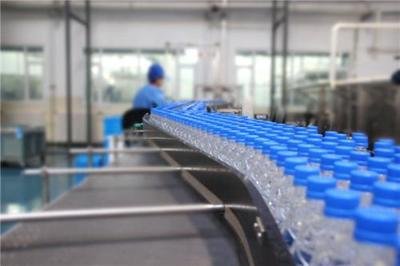
Frequently Asked Questions (FAQ)
- Is hydrogen peroxide safe for cleaning minor cuts?
- No, current medical recommendations generally advise against it due to its potential to damage healthy tissue and delay healing.
- What should I use instead of hydrogen peroxide to clean a wound?
- The safest and most effective alternatives are mild soap and cool running water, or a sterile saline solution.
- Does hydrogen peroxide kill all germs on a wound?
- While it possesses some antiseptic properties, its ability to kill germs is often counteracted by its capacity to harm crucial healing tissue, making it less effective overall and potentially detrimental for wound care.
- Why does hydrogen peroxide fizz on a wound?
- The fizzing is a chemical reaction caused by the enzyme catalase (found abundantly in blood and most human cells) rapidly breaking down H₂O₂ into harmless water and oxygen gas.
- Can hydrogen peroxide increase scarring?
- Yes, by damaging healthy cells (like fibroblasts and keratinocytes) that are actively involved in the healing and regeneration process, it can potentially lead to less optimal healing outcomes and more noticeable scarring.
yuhan :https://www.yuhanchemi.com/ultra-pure-hydrogen-peroxide


